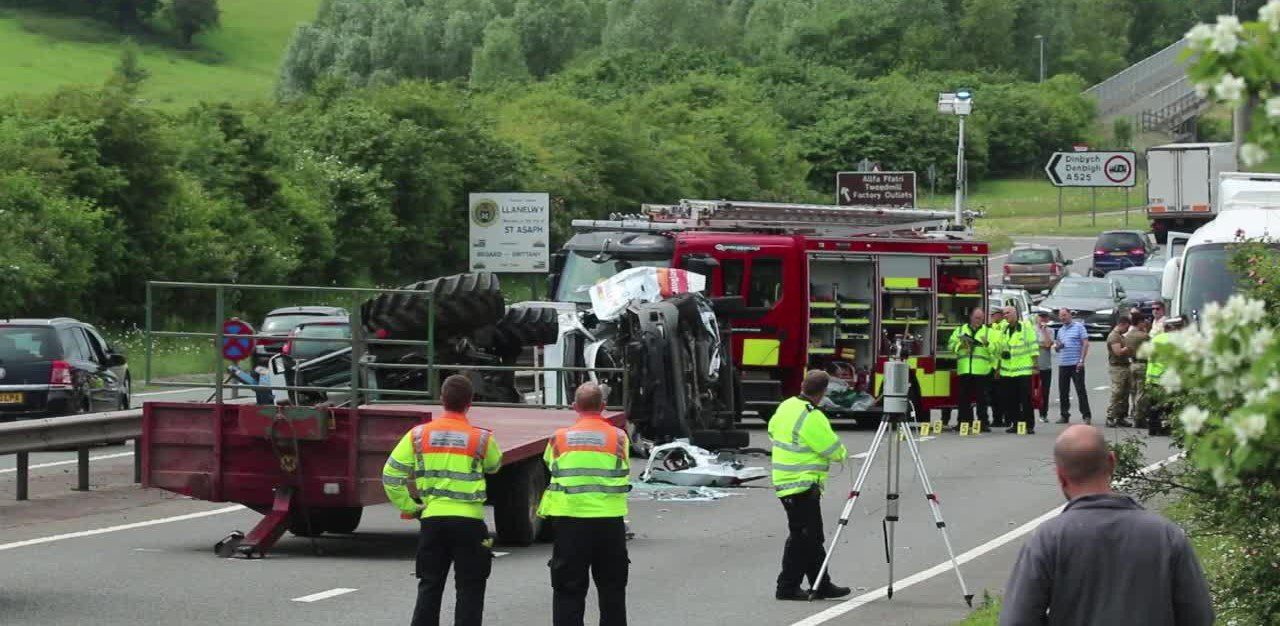The number of on-road accidents involving agricultural machines in the EU is very low, when compared to accidents involving other vehicles.
That’s according to CEMA – an umbrella body representing the agricultural machinery manufacturing industry across Europe.
It says that fatal accidents have decreased continuously over recent years; reductions of 36% and 38% were seen in the Netherlands and Spain between 1998 and 2013, for example. It says that reductions in non-fatal accidents have been even more pronounced.
Still, on average, around 400 fatal on-road accidents occur in the EU every year, in which an agricultural machine is involved. Most accidents, says CEMA, are not caused directly by the farm machine or its driver; they occur as a result of other factors – such as a lack of awareness of other vehicle drivers when meeting tractors and machinery on narrow, winding country roads.
CEMA advocates that “effective, evidence-based” priority measures are needed to further reduce the incidence of accidents.
Against this background, CEMA – representing the broader European agricultural machinery industry – says that it is making a pledge. This pledge is to reduce the number of fatal on-road accidents, involving farm machines in the EU, by 50% by 2035.
To make this a reality, CEMA is calling on all stakeholders to “work together and contribute to reaching this goal”.
To do this, it proposes the establishment of a new EU ‘Dialogue Group’. Such a group would focus on: better understanding the available data; sharing of best practices in EU member states; and making recommendations on how to reduce accidents.
Meaningful and effective reduction efforts will, it says, have to focus on different aspects, such as maintenance, periodical inspections, upgrading of the legacy fleet, driver behaviour as well as public awareness campaigns.
CEMA claims that the following points should be borne in mind, in the formulation of future policy:
- The overwhelming majority of on-road accidents involves old farm machines – so a special focus has to be put on the legacy fleet;
- 80% of on-road accidents appear to be caused by just five major factors – reduction efforts need to focus on these as a matter of priority;
- Maintenance problems such as defective rear lighting have been found to contribute to the occurrence of accidents – gradual progress towards regular Periodical Technical Inspections (PTIs) could “address this problem”.
Based on the available statistical evidence and the existing efforts in EU member states listed in its ‘Dialogue Group’ document, CEMA proposes a ‘Roadmap for Action’.
The key recommended action points are as follows:
- Improve the safety of the legacy fleet of farm machines on EU roads by retro-fitting high-placed lighting and signalling – and moving towards Periodical Technical Inspections (PTIs);
- Boost driver training to ensure greater awareness and alertness of drivers of farm machines;
- Raise awareness among other road users about the use of agricultural machines on the road;
- Speed up the development and introduction of seamless Vehicle-to-Vehicle (V2V) communication – as the “ultimate accident prevention tool”.
The full document can be downloaded here.





